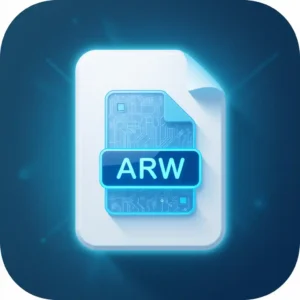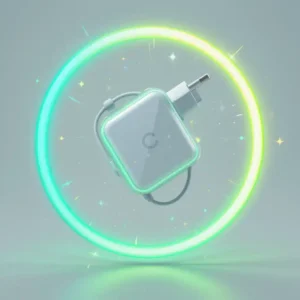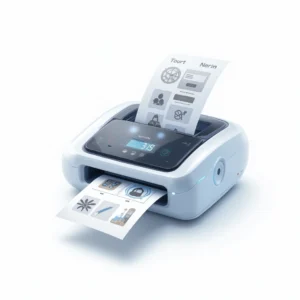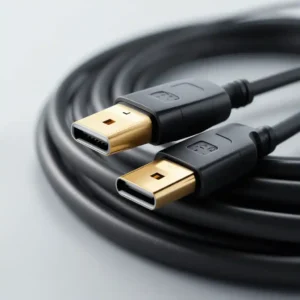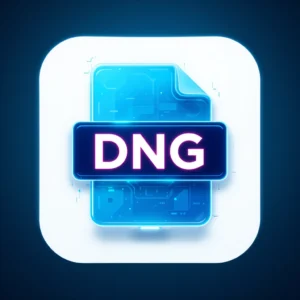Image to FLIF Converter Tool
Image to FLIF Converter Tool
Convert 100+ image formats to FLIF format directly in your browser
Supports: JPG, PNG, WEBP, GIF, SVG, HEIC, AVIF, PSD, TIFF, BMP, RAW, DNG, CR2, NEF, ARW, and many more...
Fast Conversion
Convert images to FLIF format in seconds with our optimized browser engine
100% Secure
All processing happens in your browser. We never upload your images
100+ Formats
Supports virtually all image formats including RAW camera files
The Complete Guide to Using an Image to FLIF Converter Tool
File formats play a crucial role in determining quality, compression, and compatibility. Among the most advanced formats available today is FLIF (Free Lossless Image Format), which offers superior compression without sacrificing quality. If you’re looking for a reliable way to convert your images to FLIF, an Image to FLIF Converter Tool can be an invaluable resource. This guide explores everything you need to know about converting images to FLIF, its benefits, and how to use such a tool effectively.
Why Convert Images to FLIF?
FLIF stands out among image formats due to its lossless compression, meaning it retains all original image data while significantly reducing file size. Unlike JPEG or PNG, FLIF adapts to different resolutions and devices, making it ideal for web use and storage. Here’s why you should consider converting your images to FLIF:
- Superior Compression: FLIF often outperforms PNG and WebP in compression efficiency.
- Lossless Quality: No degradation in image clarity, even after multiple saves.
- Progressive Loading: Images load gradually, improving user experience on slow connections.
- Wide Compatibility: Works across different platforms and devices.
If you’re handling high-quality images for websites, digital art, or professional photography, an Image to FLIF Converter Tool ensures optimal performance without compromising visual integrity.
How Does an Image to FLIF Converter Work?
A high-quality Image to FLIF Converter Tool processes your image files and encodes them into the FLIF format. The best tools support a wide range of input formats, including:
- Common Formats: JPG, PNG, GIF, BMP
- Modern Formats: WebP, AVIF, HEIC
- Professional Formats: PSD, TIFF, RAW
The conversion process typically involves:
- Uploading the image file.
- Adjusting settings (optional: resize, quality control).
- Converting to FLIF with a single click.
- Downloading the optimized file.
For those who need a reliable converter, Ahmad Free Tools offers a seamless solution.
Key Features of a Good Image to FLIF Converter
Not all converter tools are created equal. The best Image to FLIF Converter Tool should include:
1. Batch Processing
Efficient tools allow converting multiple images at once, saving time for photographers and web developers.
2. Customizable Compression
Adjustable quality settings help balance file size and image clarity based on specific needs.
3. No Quality Loss
A true FLIF converter maintains the original image’s sharpness and color accuracy.
4. Browser-Based Operation
Cloud-based tools eliminate the need for software installation, making conversions quick and accessible.
5. Support for Rare Formats
Professional users may need to convert RAW or vector files (SVG, EPS), so broad format support is essential.
If you’re exploring other conversion tools, you might also find Find Tech Today’s VTF converter useful for different format needs.
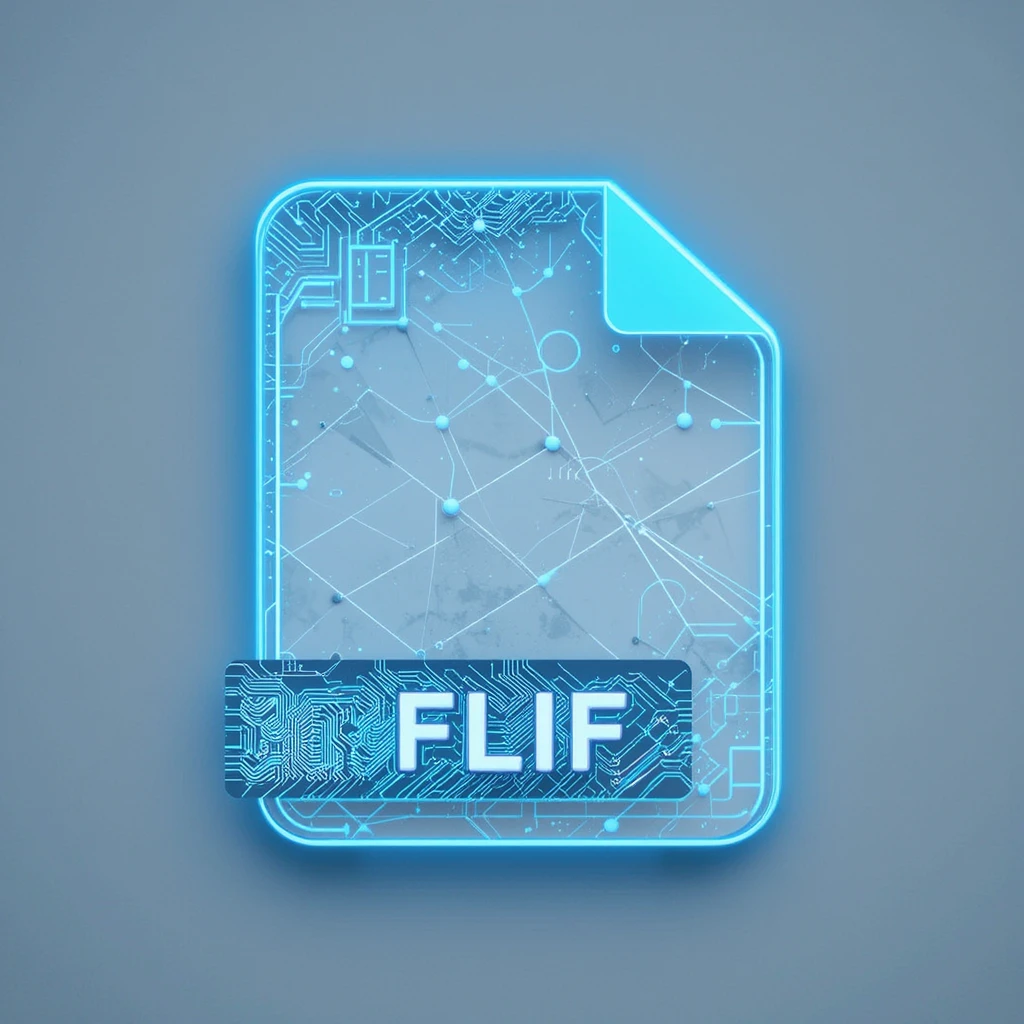
Step-by-Step Guide: Converting Images to FLIF
Using an Image to FLIF Converter Tool is straightforward. Follow these steps:
Step 1: Select Your Image
Upload the file from your device or drag and drop it into the converter. Most tools support JPG, PNG, and WebP by default.
Step 2: Adjust Settings (Optional)
- Resize: Scale the image dimensions if needed.
- Quality: Choose between maximum quality or higher compression.
Step 3: Start Conversion
Click the convert button, and the tool processes the image within seconds.
Step 4: Download the FLIF File
Once converted, save the FLIF file to your device for use in projects or web uploads.
Benefits of Using FLIF Over Other Formats
While PNG and WebP are popular, FLIF offers distinct advantages:
| Feature | FLIF | PNG | WebP |
|---|---|---|---|
| Lossless | ✅ | ✅ | ❌ (Sometimes) |
| Compression | Best | Good | Better |
| Progressive | ✅ | ❌ | ✅ |
| Animation | ❌ | ❌ | ✅ |
For static images where quality is non-negotiable, FLIF is the best choice.
Common Use Cases for FLIF Images
1. Web Development
FLIF’s progressive loading improves page speed, enhancing SEO rankings.
2. Digital Art & Photography
Artists can store high-resolution works without losing detail.
3. App & Game Development
Reduces asset size while keeping textures sharp.
4. Archiving
Ideal for preserving important images long-term.
Conclusion
An Image to FLIF Converter Tool is an essential asset for anyone working with digital images. Whether you’re a web developer, photographer, or designer, converting to FLIF ensures smaller file sizes without quality loss. With support for over 100 formats, tools like Ahmad Free Tools make the process effortless.
For more tech insights and alternative conversion tools, visit Find Tech Today. Start optimizing your images with FLIF today and experience the difference in quality and efficiency.

